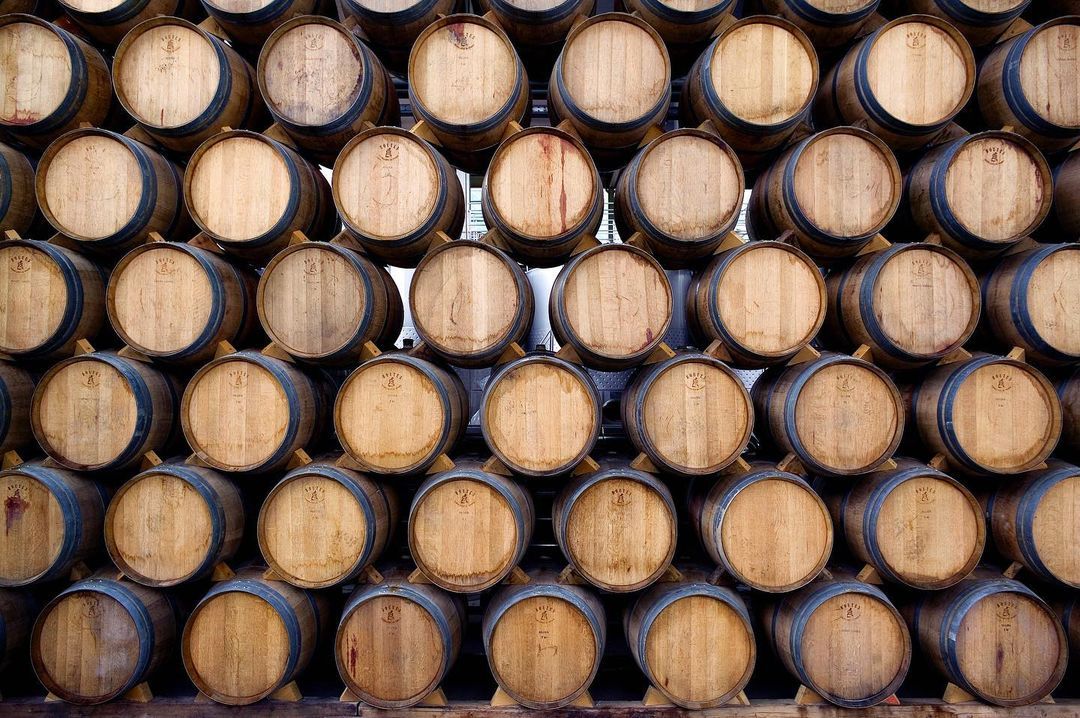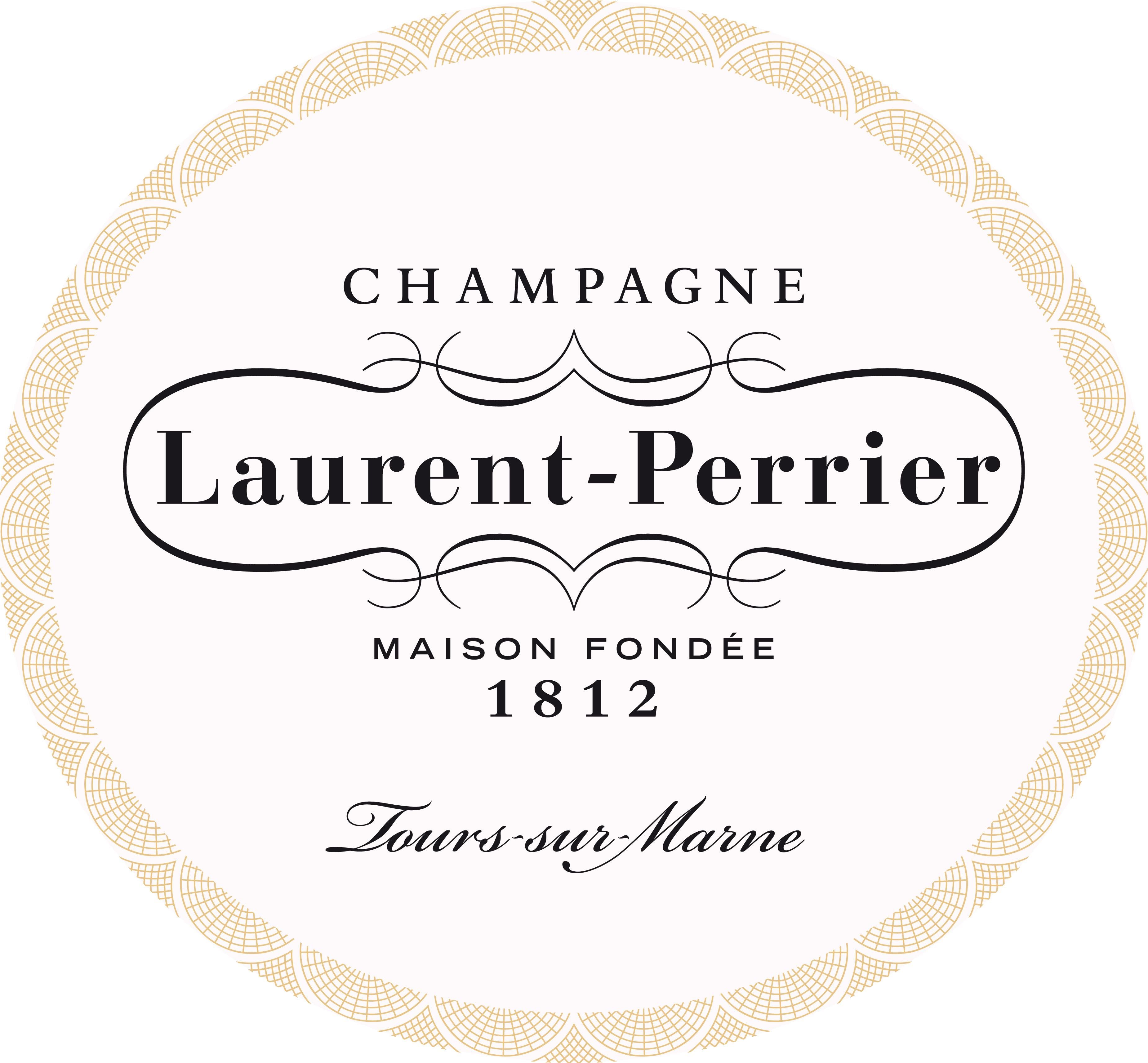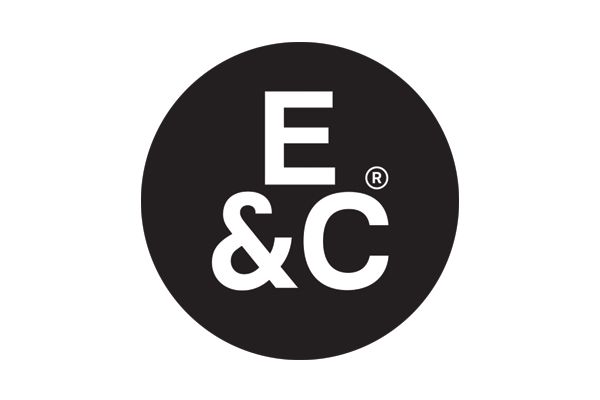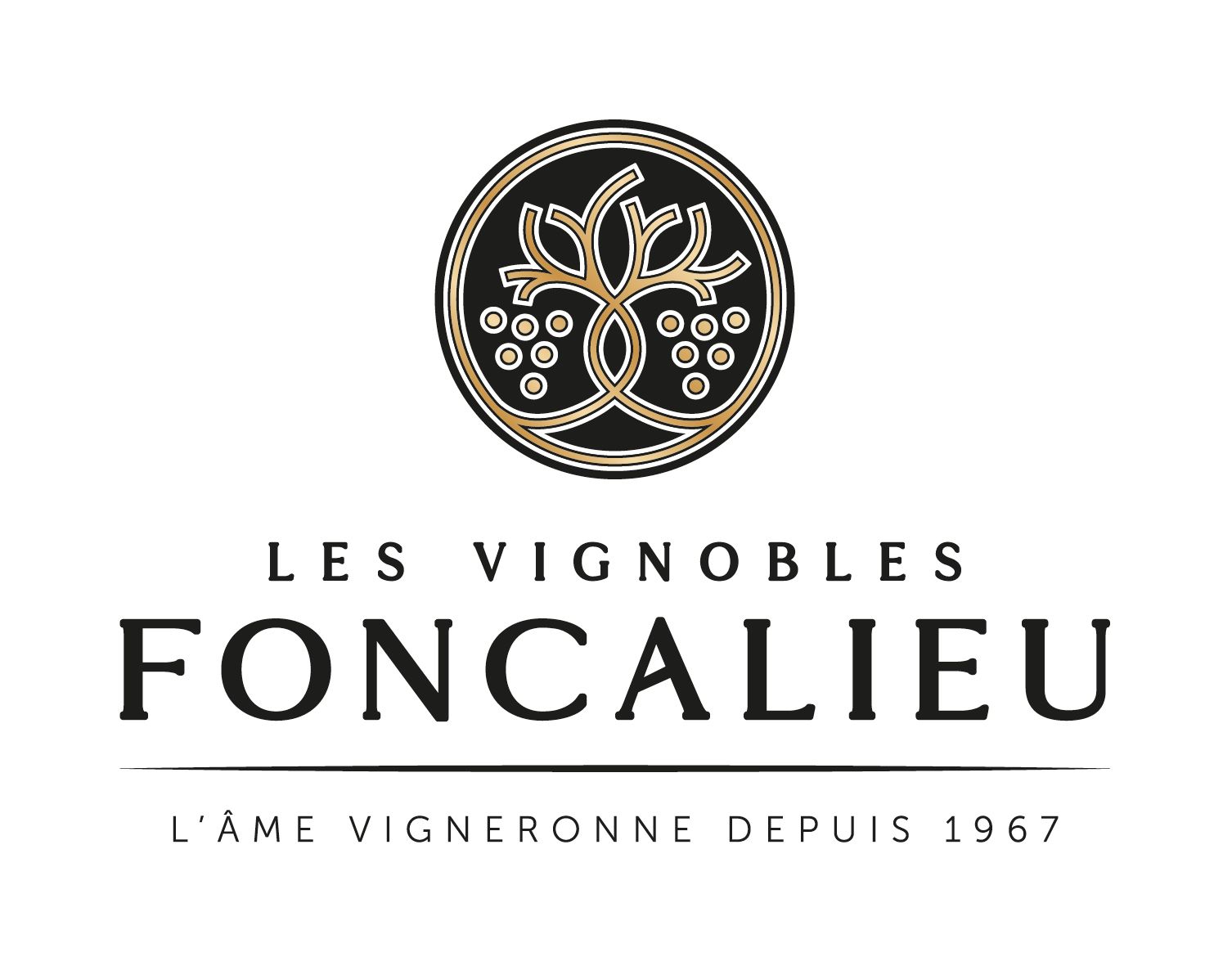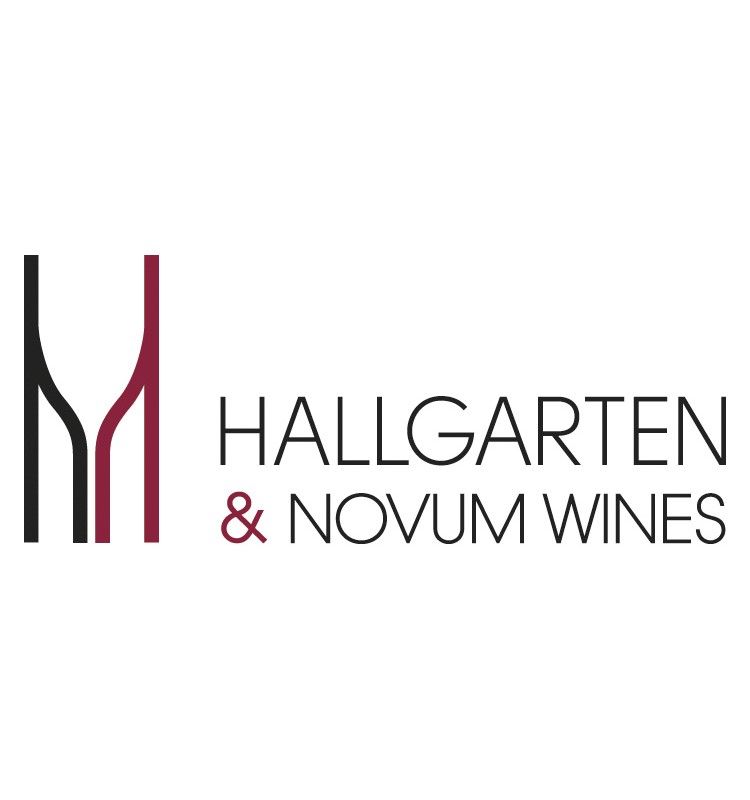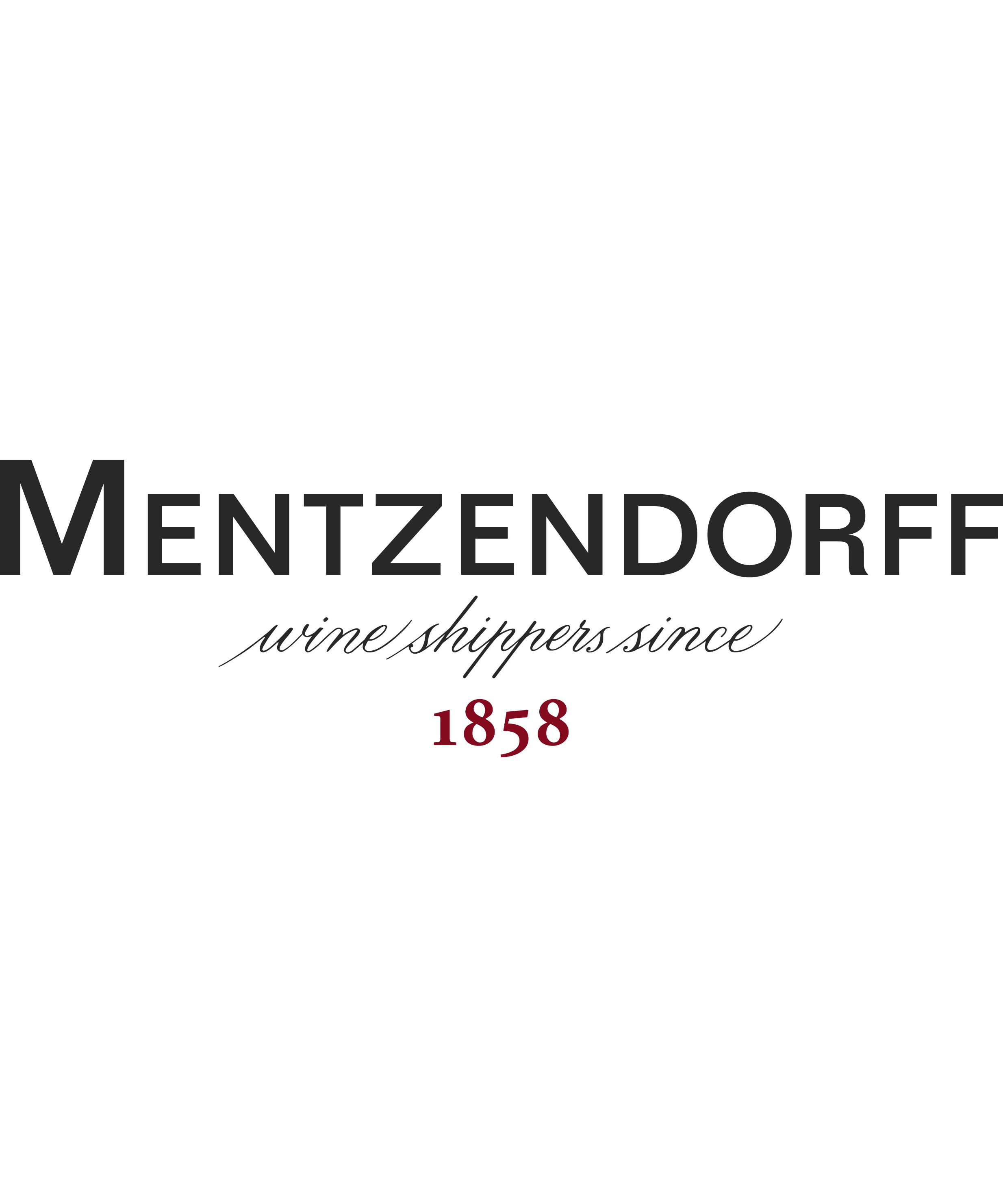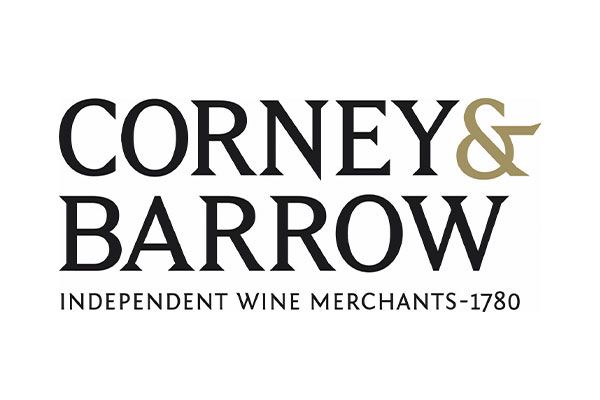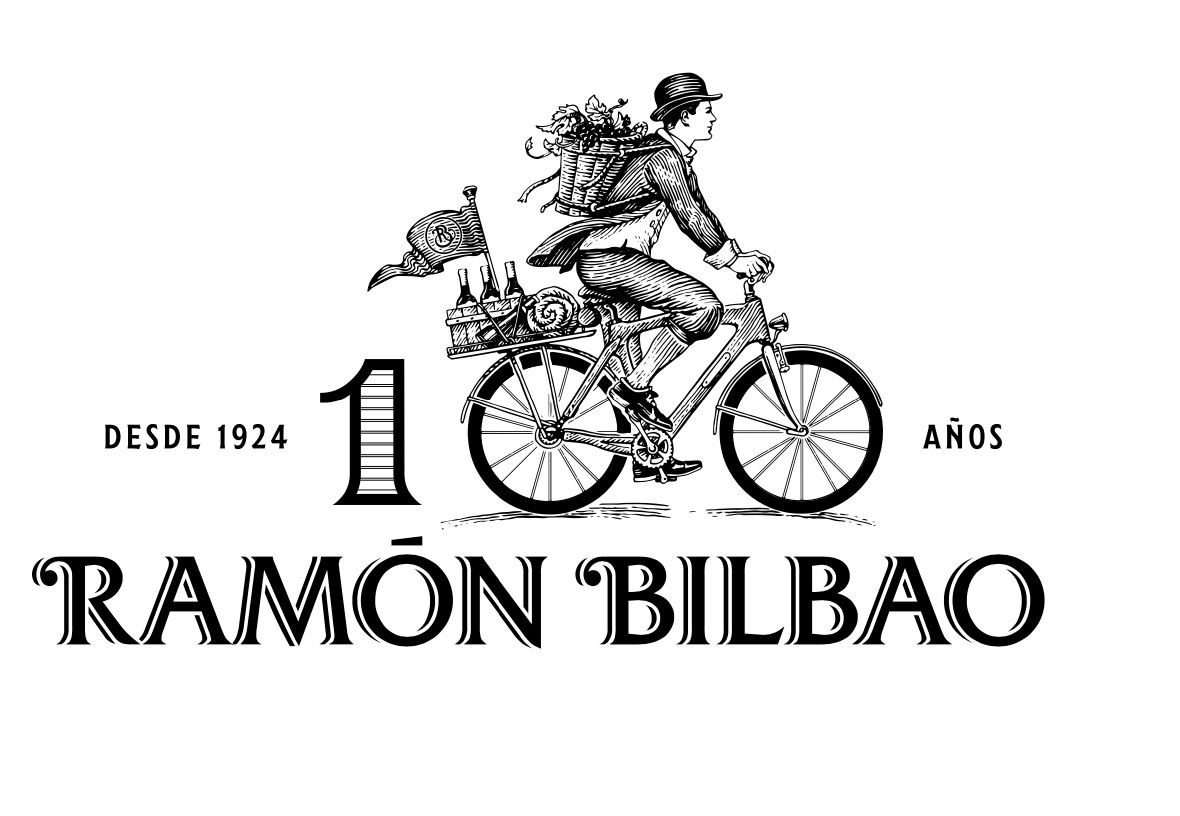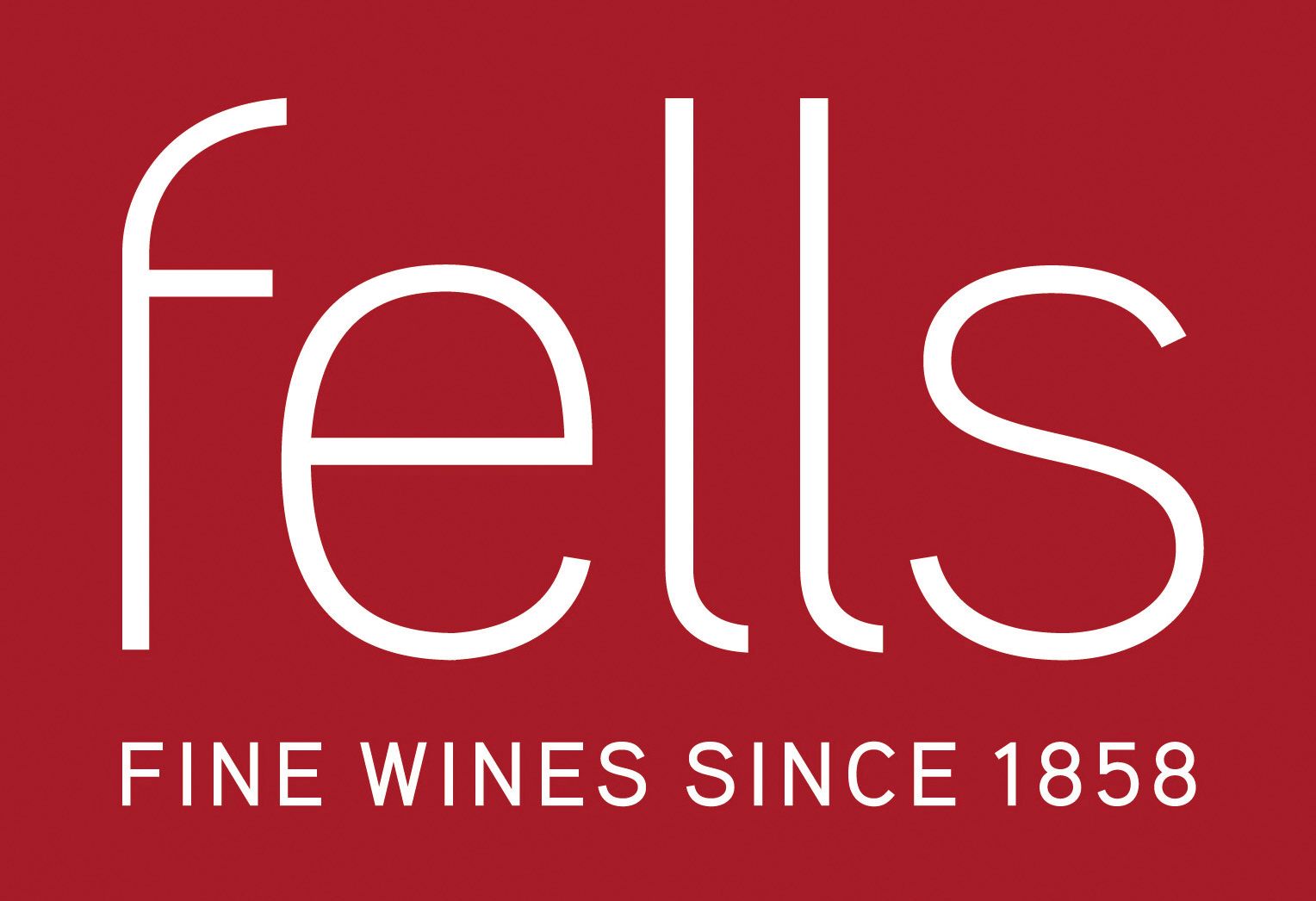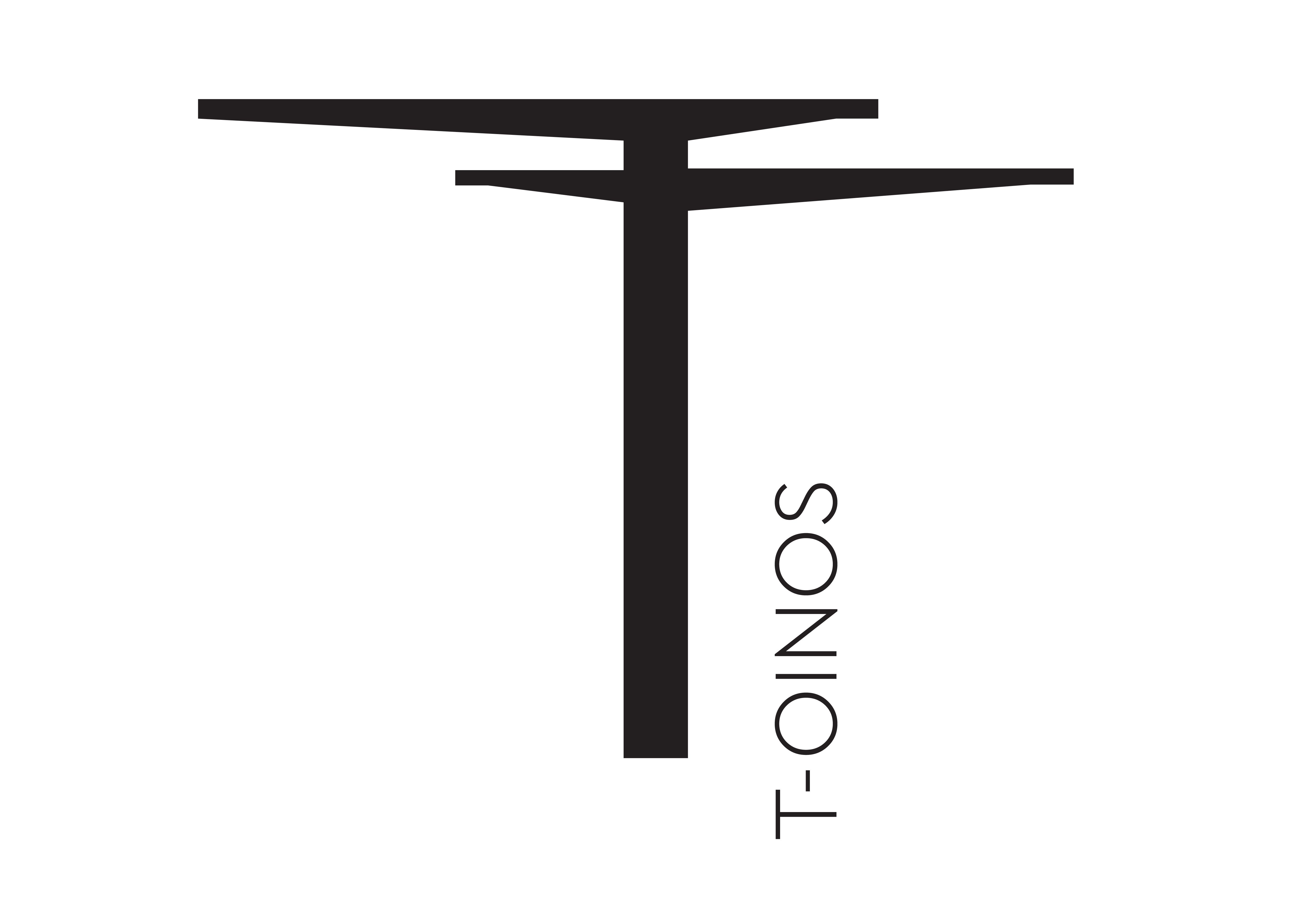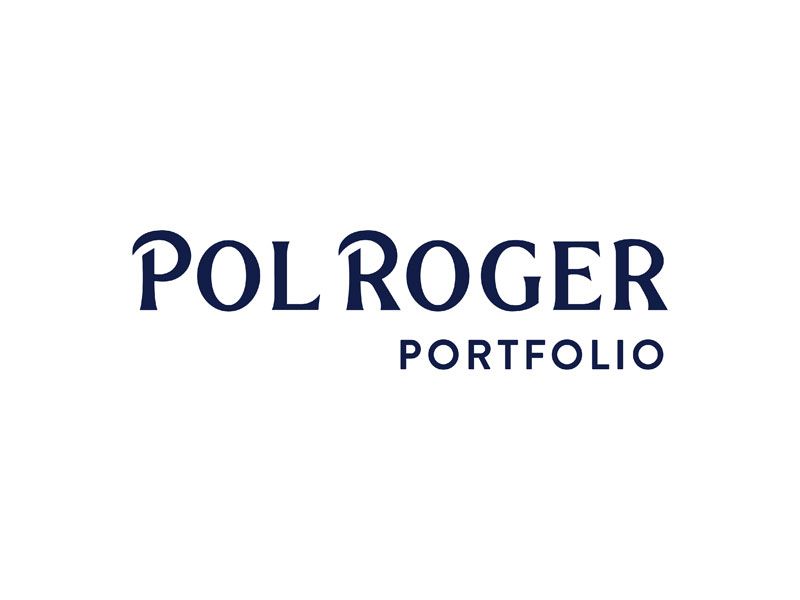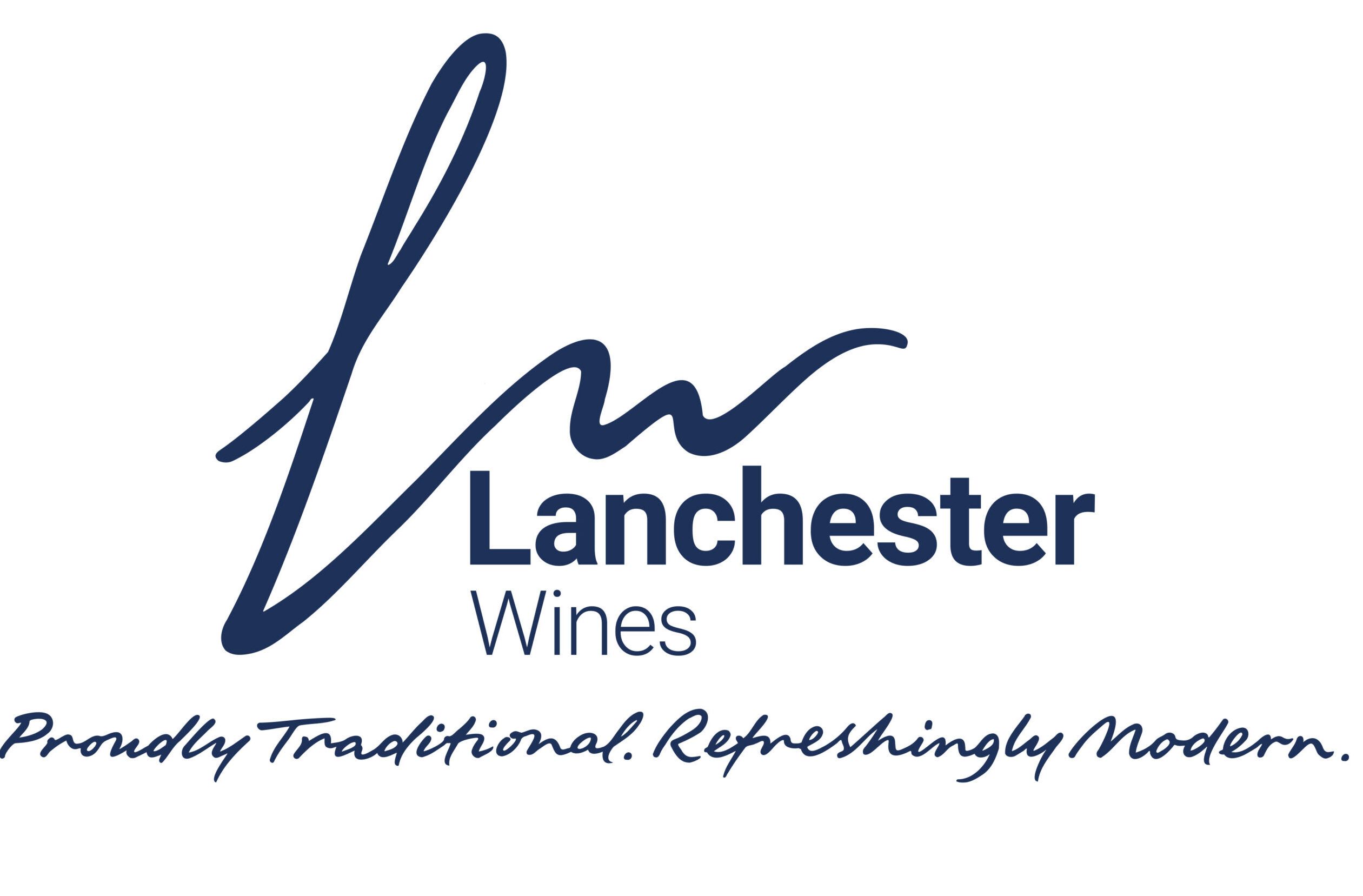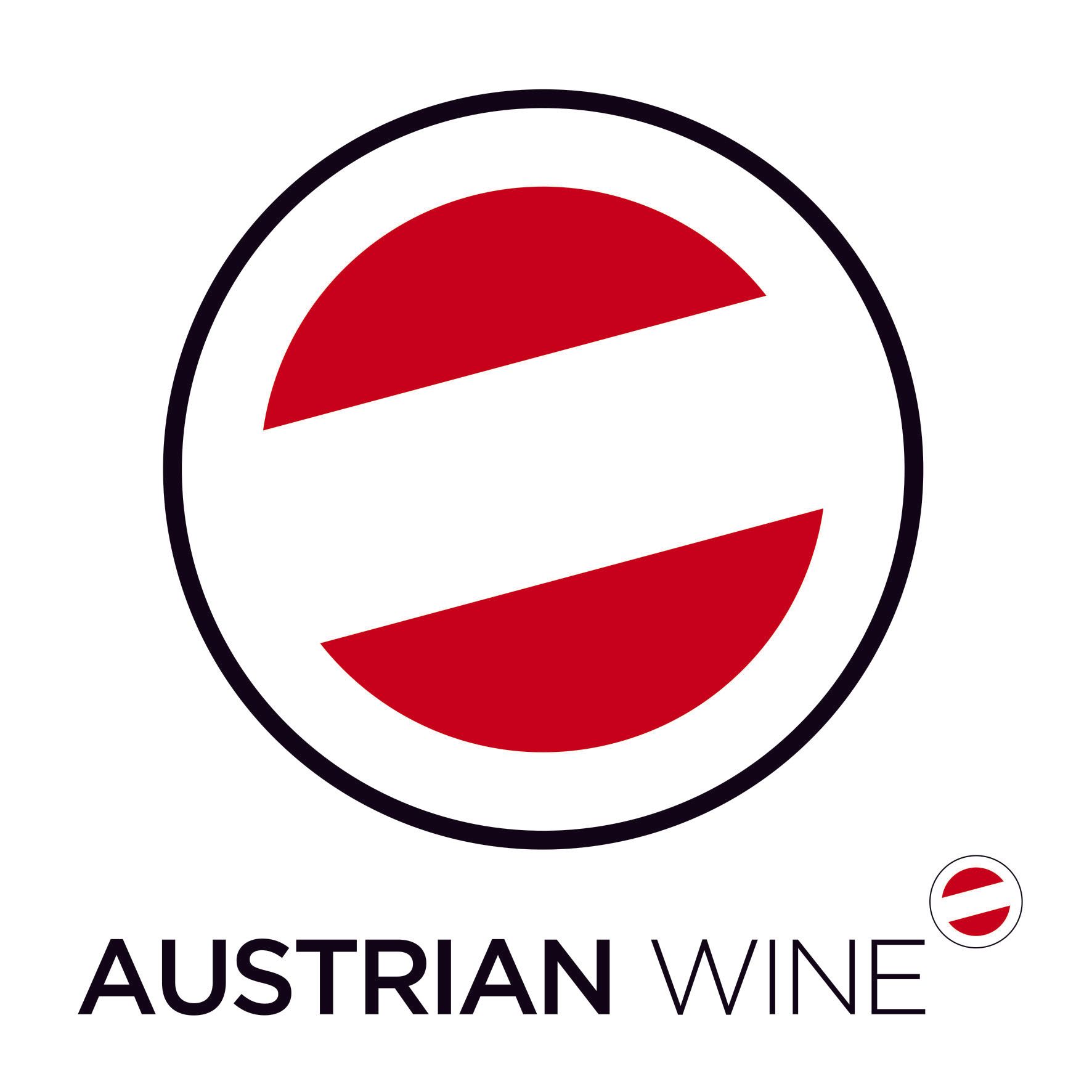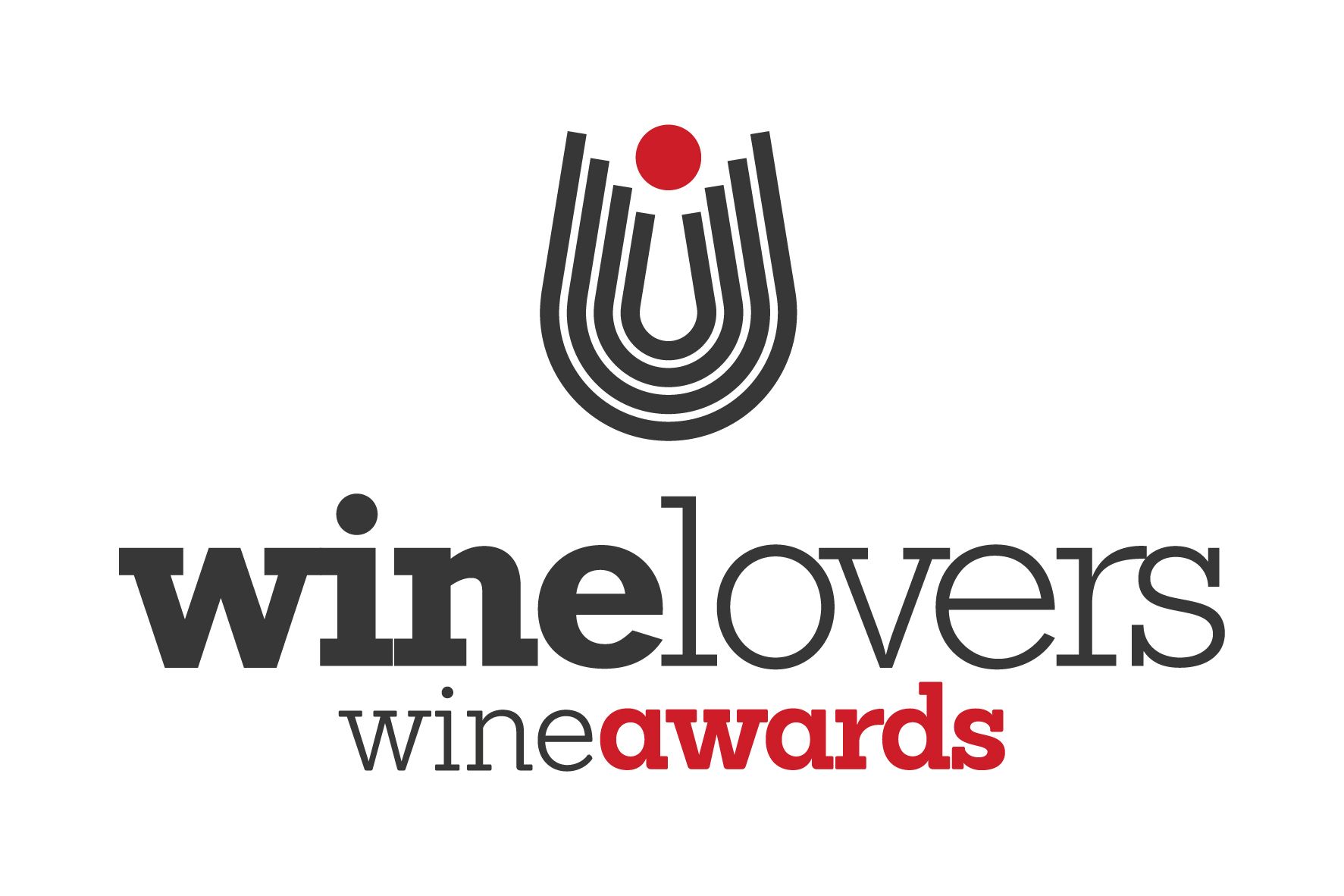Capaldo’s two wines are called Goleto and Gulielmus – from low-yielding, single vineyards, with the wines aged in a mix of French tonneau, amphora, used barriques and 10,000 litre chestnut.
You cannot talk about 2020 without mentioning the dreaded C-word, and the disaster and misery it has heaped on so many parts of the globe. So it is refreshing to hear of someone in Italy actually seeing it as a year of positivity – where some bold, necessary decisions have been taken. Antonio Capaldo, is the CEO, chairman and part-owner of Feudi di San Gregorio, the Campania-based winery founded 35 years ago, which is now the largest winery in Southern Italy and one of the most respected.
“We had become too much fragmented in what we were doing and needed to focus,” he says referring to the estate’s large and – for an English-speaking market – confusing portfolio. “We needed the pandemic to help us with that, to think about strategy, and it has been one of most meaningful years. We made a five year plan so bold we could not even imagine – and we needed to do something…. then, last but not least, 2020 is an incredible vintage.”

Tasting the excellent new Goleto & Gulielmus wines with Antonio Capaldo, March, 2021 – the bottle designs have already won an award
Tenute Capaldo: two wines to epitomise Irpinian winemaking
Apart from fine-tuning Feudi di San Gregorio’s strategy which will see a slimming down and realignment of its portfolio, 2020 has also allowed Capaldo to spend time on his side project Tenute Capaldo. This is a boutique wine brand, that is separate from Feudi, and designed to show off the unique, diverse terroir of Irpinia, the central part of Campania in just two wines.
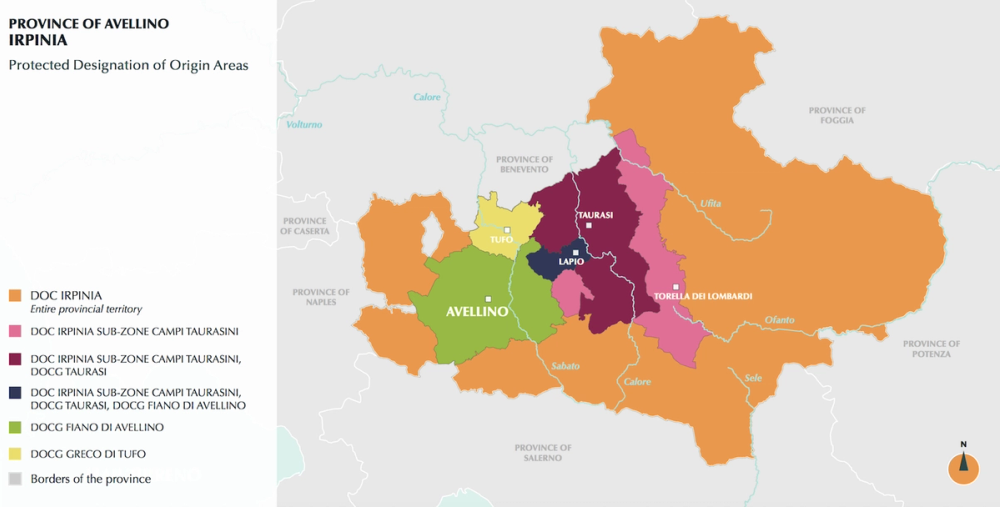
Irpinia is mountainous country with cool breezes and high rainfall, with small, ancient vineyards sited centuries ago by the Greeks and planted with a wide selection of grape varieties, making wines far removed from the ‘southern’ stereotypes in terms of their style and personality. The region is responsible for three of the world’s most unique and long-lived wines: Greco di Tufo, Fiano di Avellino and the red wine Taurasi, made from the Aglianico grape.
Together with his Feudi di San Gregorio production manager, Pierpaolo Sirch, Capaldo has spent over a decade working on FeudiStudi – an ongoing research project that is delving into the complexities of Irpinian viticulture and oenology, which operates as a self-standing initiative within Feudi di San Gregorio and informs their winemaking and some of their single cuvées. It is one of a number of major research projects currently being undertaken in the area, with the aim of better understanding what Irpinia offers and helping to put it back on the global wine map.
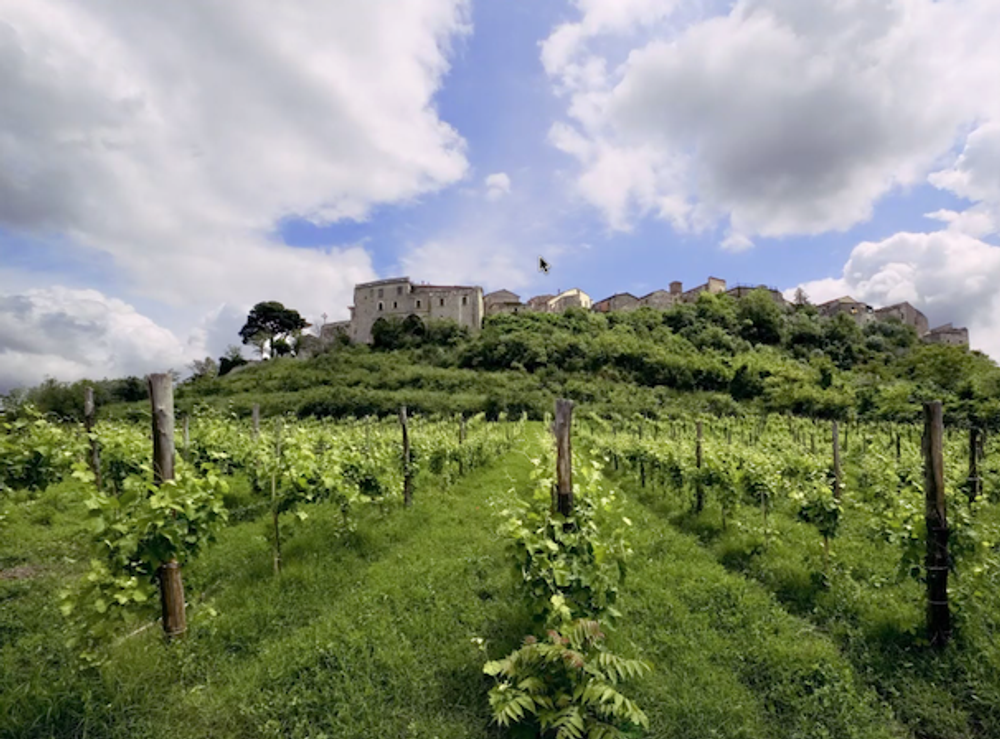
The 2.5 hectare plot chosen for its unique Greco di Tufo
“It is a daunting yet fascinating journey to discover varieties, vintages, wine areas, municipalities, districts, crus, families and individuals,” Capaldo says in the first volume of the resulting ebook FeudiStudi: Irpinia’s Wines and Vineyards.
“Irpinia is the next big thing in the global wine industry. Irpinia is a puzzle to be completed piece by piece, hill after hill, cru after cru. Irpinia is an epic journey full of surprises, and FeudiStudi its GPS.”
The team has analysed over 700 grape-growing areas and thousands of individual plots (many very small and part of an agri-polyculture), studying soils, strains and micro-vinification techniques on single parcels to identify where the most expressive vines are so that he can produce two single-vineyard wines Goleto and Gulielmus that are effectively reference points for Campanian Greco di Tufo and Campanian Taurasi.
Goleto & Gulielmus – landmark wines
When Capaldo joined Feudi di San Gregorio in 2009 after 10 years working in finance (Lazard) and strategic consultancy (McKinsey), he had a sommelier qualification but no winemaking experience.
“During this first period at Feudi, between 2009 and 2013, I tasted wine from a lot of different parcels. Irpinia is very fragmented and I could taste maybe 60-80 different parcels of Greco and each would give different results, but because of the market we always did just one Greco and just one Taurasi, even though we could do 60 which was very frustrating.”
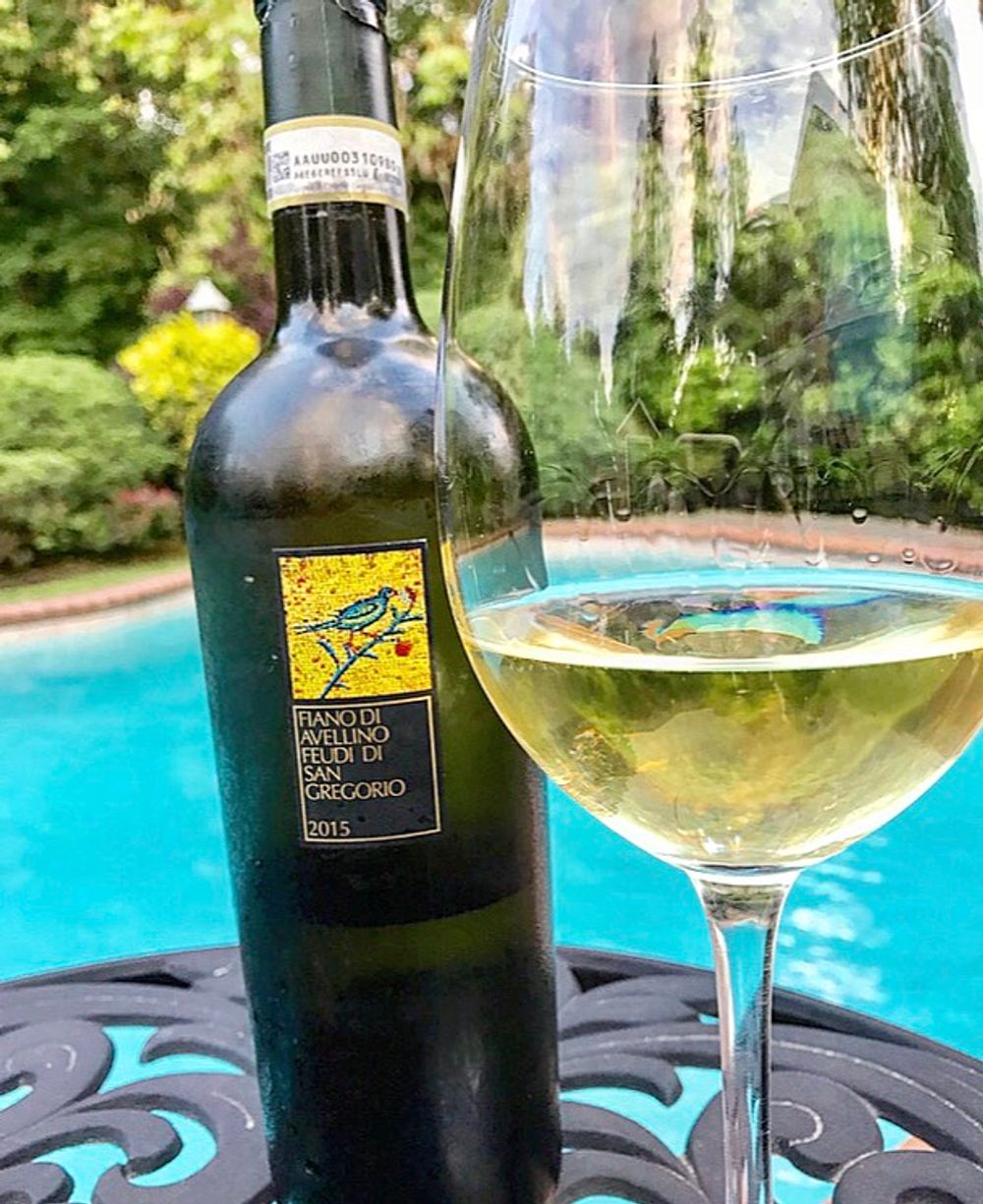
Feudi’s Fiano: Capaldo has always been attracted by unique bottle and label designs
“So with this Tenute Capaldo project we are trying to communicate the terroir as it deserves – we said why don’t we select a parcel we really like, with a definite style, and one which matches a winemaking style we like.”
There was plenty to choose from. The region for Goleto, the Greco di Tufo, for example, covers 1000 hectares across eight towns with 6-700 hectares of vineyard, comprising lots of small parcels in a variety of sub-zones. The plot they eventually chose is a 2.5 hectare plot, high and sloping, with 30 year-old vines on chalky sulphurous soils. With no irrigation permitted the low-yielding vines fight to survive bringing good concentration and structure to the wine.
Vinification is in steel at the Feudi winery, the wine is then aged in 80% French tonneau and 20% amphora, with Valérie Lavigne from Domaine Leflaive advising Capaldo on making the right tonneau. The finished wine then spends a year in bottle before release. Just like the wines from Feudi di San Gregorio which have a distinctive bottle shape and small label, the design of the Tenute Capaldo bottles are aesthetically driven, and have already picked up an award for their design – which was inspired by the arches of the abbey at Goleto.
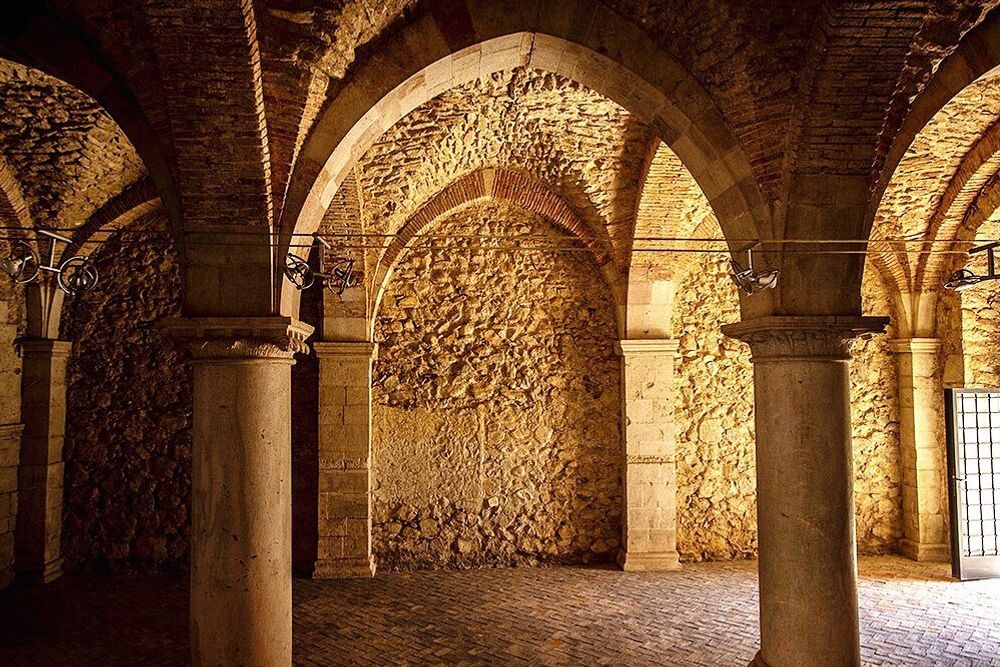
The abbey at Goleto – inspiring the design and the name of the Greco di Tufo
In selecting just one white wine, Capaldo had to make a decision whether to choose Greco Di Tufo or Fiano di Avellino. “Although we drink more Fiano than Greco di Tufo, when you do it right in the vineyard Greco has an increased potential to stand out as something really unique – it is a riskier grape but has a beauty that reflects our region.”
The risk with Greco di Tufo is that the acidity can drop alarmingly if heavy rains come during harvest, but with Aglianico there are all manner of things that can go wrong.
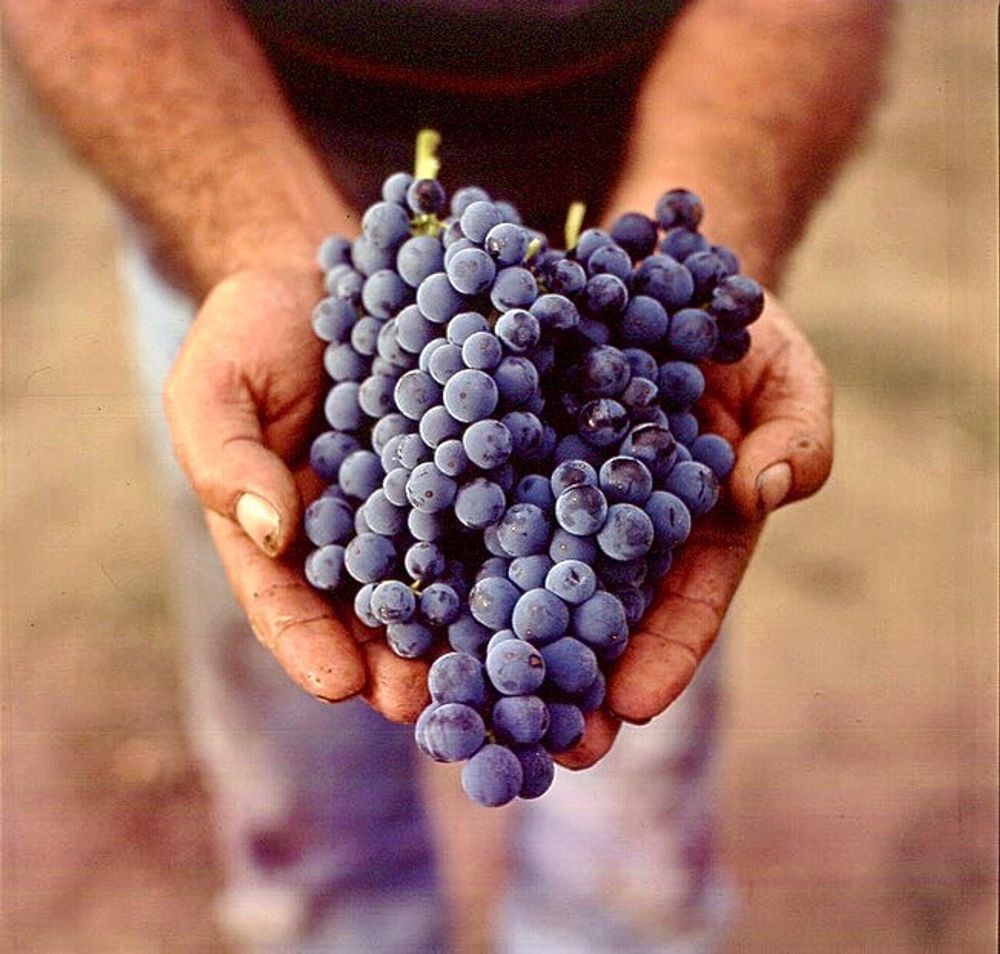
Aglianico
“Aglianico is rich in everything – tannins, colour, taste, alcohol, you have to play very carefully with it, it is very risky. If you don’t pick it at the right time it is unbalanced, if you extract it too much it takes too long, sometimes the grapes are too green and you get too much tannin.”
Like Goleto, Gulielmus is a small-run artisanal Taurasi – 6,000 bottles produced – that comes from a small vineyard parcel this time growing on volcanic soil. Regulations state that the wine needs four years of ageing, two in wood two in bottle, although Capaldo leaves it for an extra year in the bottle – to improve the balance in the wine and “help the acidity”. The wine has a short maceration of two days, then half is matured in used barrique and half in 10,000 litre chestnut.
“As a region we also picked up oak fever years ago but Aglianico doesn’t like a lot of new oak so most are moving away from it.”
Talking with Capaldo, it feels like the commercial success of these two wines is less important to him than making a bold statement about the wines of Irpinia.
“With Feudi we produce two million bottles, have a turnover of €25m with 200 employees, with this project it’s 12,000 bottles, five hectares and one employee,” he laughs.
And tasting the two wines I confess to being bowled over by them – both are simply outstanding, and I look forward to seeing how the project develops over time.
So how are the wines tasting?
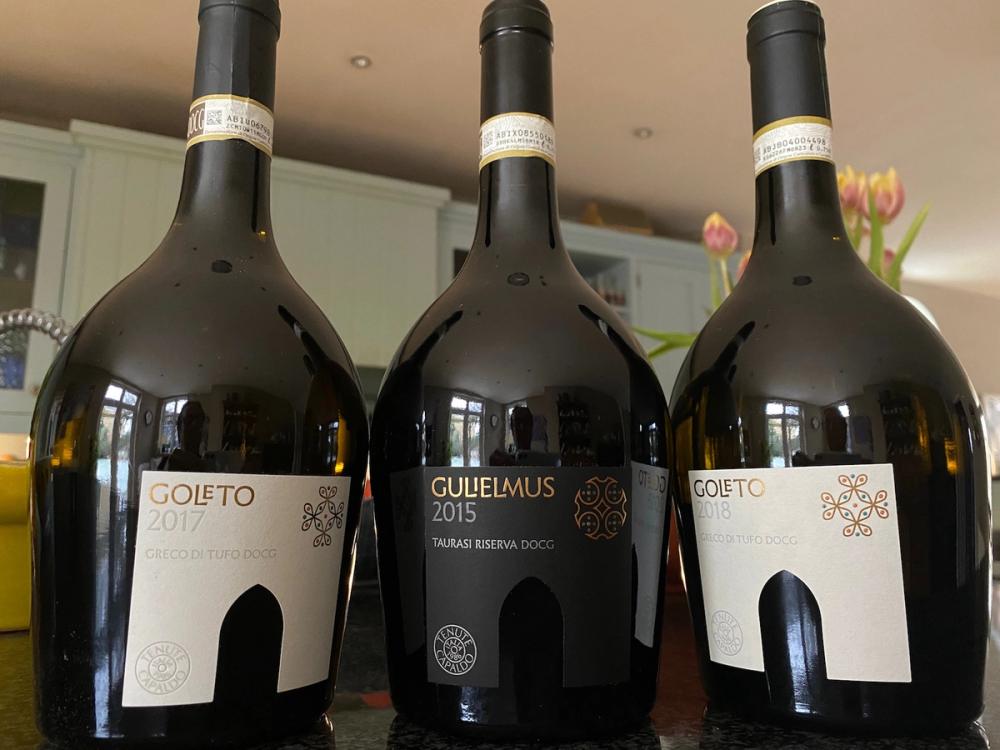
Goleto, Greco di Tufo DOCG, 2018, Tenute Capaldo
It’s fascinating to try an artisanal Greco di Tufo of this quality, elegance and complexity – which still packs a good deal of concentrated flavours and acidity.
Pale to medium yellow; attractive and complex both on the nose and palate; the aromatics are quite elusive but, with time in the glass, reveal herbaceous (wild fennel), floral (white rose), nutty and fruity (grape skins) qualities.
Medium bodied, well balanced and with good integration – there are no individual components or flavours that hog the limelight – this is an ensemble piece held together with firm, citrusy acidity, that has a mouth-watering saline and mineral edge. There is a subtle citrus skin rasp on the lengthy finish. Concentrated, elegant and very tasty.
Tasting the more difficult vintage, 2017, alongside it (2018 was more regular) the older wine has already put on more mid-palate weight, is a deeper shade of yellow, with the acidity more integrated within. There is a touch of cream on the nose, and a bit more intensity on the palate. I prefer the 2018 – it has a nice tension to it and feels more focused. Both wines should age for a decade or more – exactly how will be a fascinating journey.
Gulielmus, Taurasi Riserva DOCG 2015, Tenute Capaldo
At the risk of sounding contradictory this is a beautiful and elegant Aglianico – an attempt to re-evaluate the grape and make a style of wine more akin to what was being made before Irpinia (central Campania) caught ‘oak fever’ and was churning out tannic monsters that couldn’t cope with the new oak.
This is a classy wine that is drinking well on release and could easily last a decade or more. Apart from the fruit coming from a small, low yielding vineyard with 380m altitude, the wine has only a 2-day maceration, and then is 50% aged in 10,000-litre format chestnut.
The end result is a structured, fruity wine of simple elegance that has a fresh core of red and black fruit framed by micro-fine sandpaper tannins, that suggests pairing it with food rather than demands it (as is so often the case with those power house Aglianicos that gets you diving for the pasta and sugo!).
The aromatics include wild black cherry, and has the Aglianico savouriness you would expect (balsamic, Parma ham, liquorice) but there are more floral notes in the mix (violets) and a hint of five spice. It has decent structure and acidity but a fine wine touch.
Capaldo is currently releasing the 2015 Gulielmus and 2018 Goleto, with the 2016 Gulielmus due out in 2022. There is currently no UK importer.
